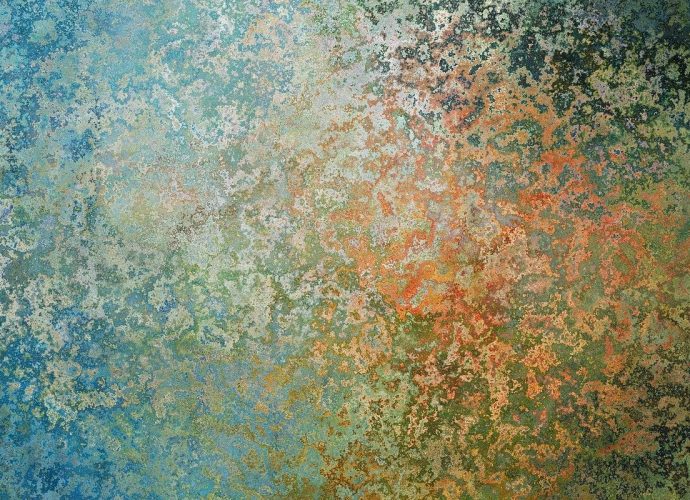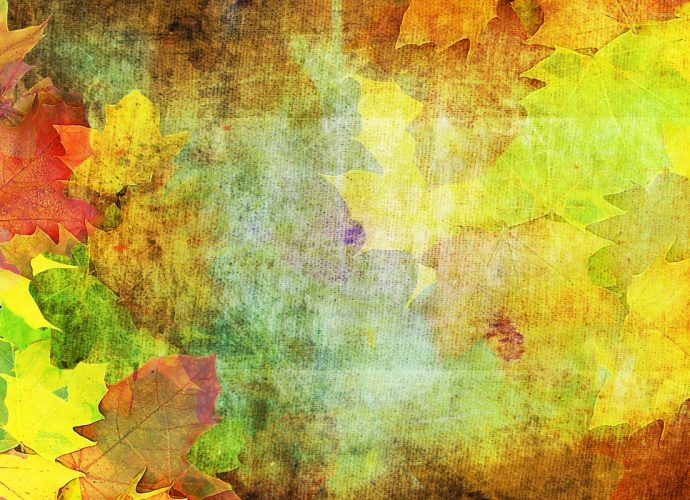How Do You Identify Onomatopoeia In A Poem?
Common Examples of Onomatopoeia Machine noises—honk, beep, vroom, clang, zap, boing. Animal names—cuckoo, whip-poor-will, whooping crane, chickadee. Impact sounds—boom, crash, whack, thump, bang. Sounds of the voice—shush, giggle, growl, whine, murmur, blurt, whisper, hiss. Is fart an onomatopoeia? Well, not only have many comics simply used “FART!” as a soundRead More →









